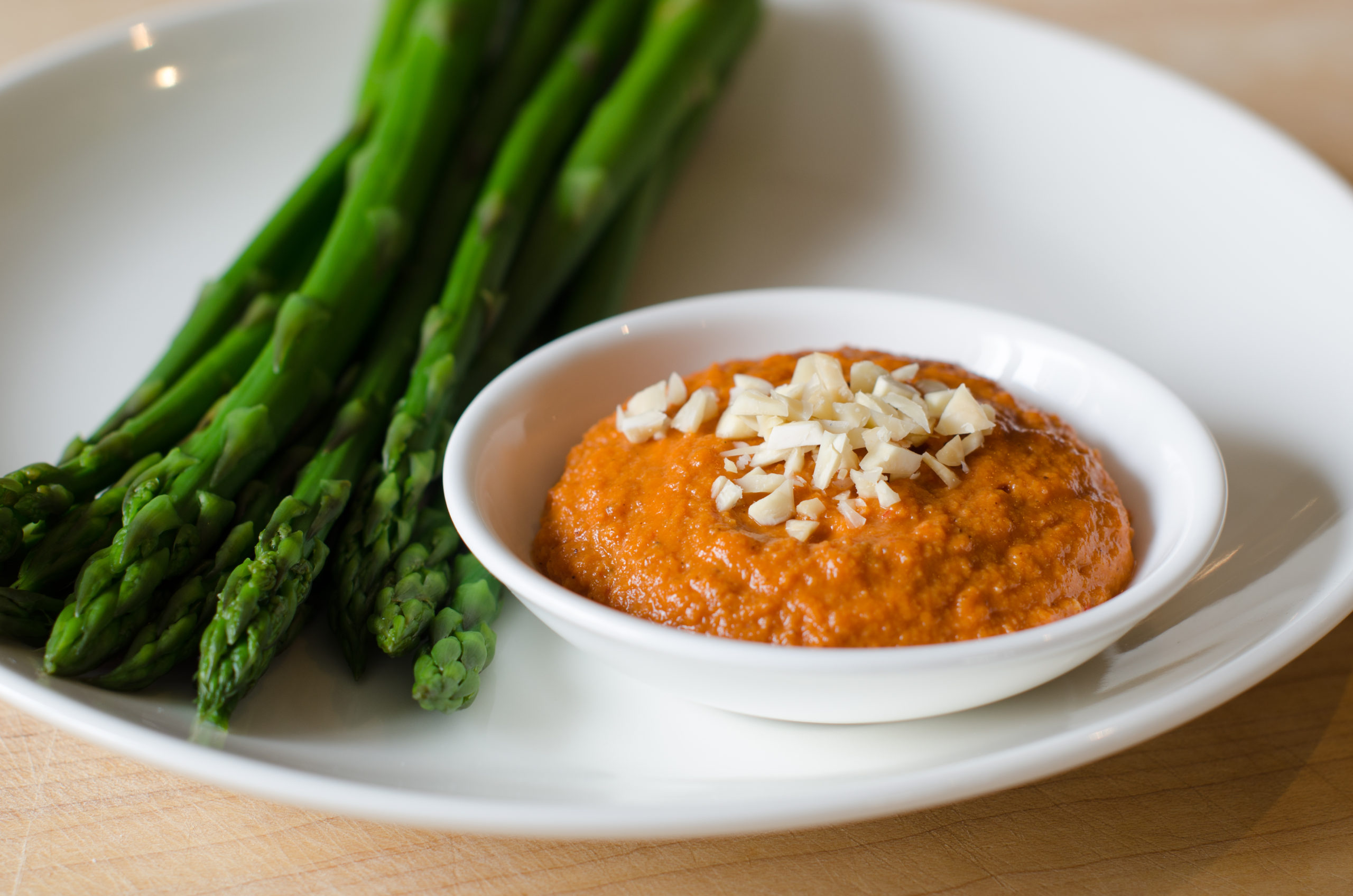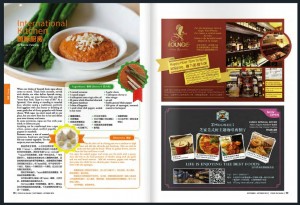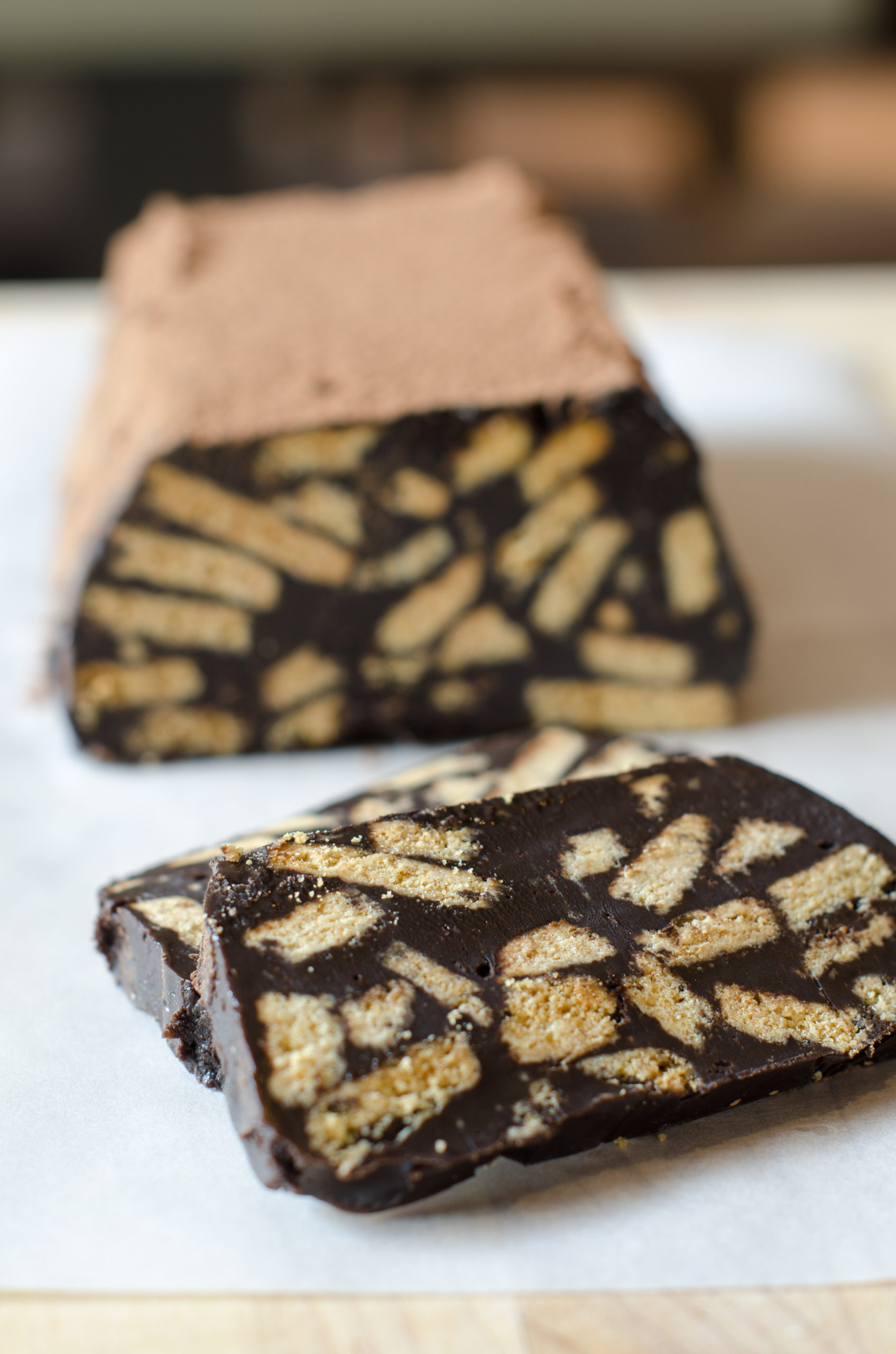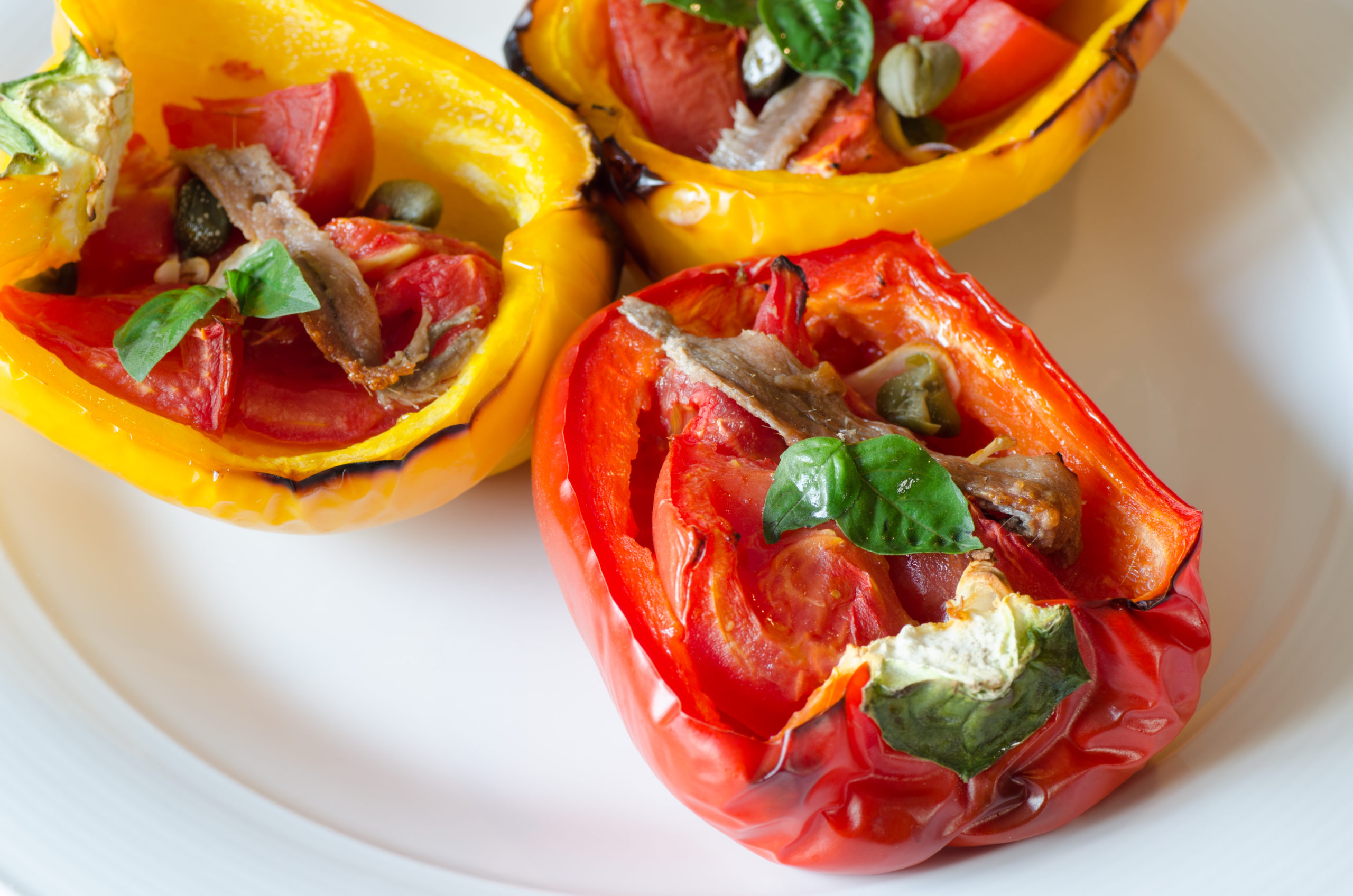When one thinks of Spanish food, tapas always come to mind. These little morsels, served with drinks, are what define Spanish eating. Ferran Adria, our most famous chef, says that “more than food; Tapas is a way of life”. As a Spaniard I love sitting or standing in crowded bars; whether eating a traditional, perfectly fried eggplant with cane honey or drinking an avant garde shot of cherry gazpacho with frozen cheese. With tapas you don’t stand still in one place, but you move from bar to bar and define your own itinerary and menu.
In some provinces, tapas are free with your drink; in others you pay.
Anything can be transformed into a tapa: olives, potato salad, stuffed piquillo peppersor meatballs.
Romesco sauce, a mix of roasted tomatoes, hazelnuts and bread lifts any roasted vegetable. Try this recipe at your next barbeque.
Asparagus with romesco sauce
Serves 4
- 5 canned tomatoes
- 1 roasted pepper
- 4 tablespoons extra virgin olive oil
- 40 grams whole blanched almonds
- 40 grams hazelnuts
- 2 slices of baguette
- 1 small dried chili pepper, soaked in hot water
- 2 garlic cloves
- 1 tablespoon sherry or wine vinegar
- sea salt
- freshly ground black pepper
- 500 grs of asparagus, steamed, roasted or barbequed
Put the olive oil in a frying pan over a medium to high heat and add the almonds and hazelnuts. Take out and set aside and then add the bread. When it’s golden brown, remove from the heat and leave to cool.
Cut open the soaked pepper and scrape out the seeds with a spoon, then add this to the food processor or blender along with the garlic and nut and bread mixture. Add the tomatoes, pepper and vinegar, then pulse the whole lot to a chunky paste. Adjust the seasoning.
Serve with the asparagus.









